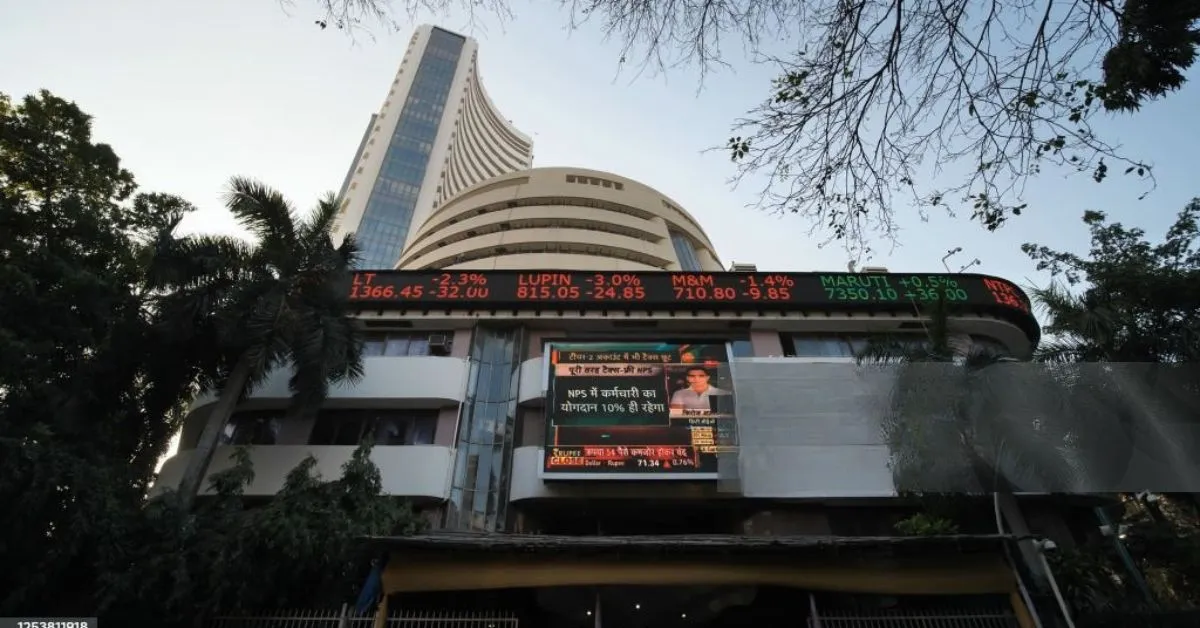Shifting Gears: A Bullish Turn After 13 Months of Market Neutrality
After maintaining a neutral stance for 13 months, the Indian Stock Market is now showing compelling signs that warrant an aggressively bullish outlook. The market has witnessed significant developments in recent weeks, with the Sensex rising to 84,419 and Nifty reaching 25,868 as of October 27, 2025. This shift in perspective comes after careful analysis of market fundamentals, valuation corrections, and emerging opportunities in the Indian Stock Market landscape.
The Indian Stock Market experienced a remarkable 8% rally from its March 2025 lows, driven primarily by a reversal in Foreign Institutional Investor (FII) behavior and strong domestic institutional support. This recovery has created an attractive entry point for investors who have been waiting on the sidelines during the prolonged correction phase.
Why the Bullish Stance on Indian Stock Market Makes Sense Now
Several fundamental factors support this optimistic view on the Indian Stock Market. HSBC recently upgraded India to Overweight from Neutral, citing that valuations are no longer a concern after the correction. The investment bank projects a Sensex target of 93,000 by end of 2026, indicating a potential 13% upside from current levels.
The Indian Stock Market fundamentals have strengthened considerably. India’s GDP growth forecast stands at 6.6-6.8% for FY26, significantly outpacing global peers. Additionally, retail inflation has cooled to an eight-year low of 1.54% in September 2025, providing the Reserve Bank of India with room for potential monetary easing. A 25-basis-point rate cut is anticipated in December 2025, which could further support the Indian Stock Market rally.
The Buy-on-Dips Strategy for Indian Stock Market
The current Indian Stock Market environment favors a strategic “buy on dips” approach. Market experts recommend focusing on large-cap and quality midcap stocks that demonstrate consistent relative strength. The support zone of 25,400-25,500 presents compelling entry opportunities, while resistance at 25,950-26,000 marks key levels to watch.
Foreign investors have been net sellers for several months, with FBI holdings dropping to a decadal low of 16%. However, this creates an opportunity as domestic institutional investors, led by mutual funds, continue to provide strong support to the Indian Stock Market. The systematic investment plan (SIP) inflows have reached record levels, with mutual fund inflows hitting $64 billion in the first half of FY25.
Earnings Growth Supports Indian Stock Market Outlook
The Indian Stock Market earnings trajectory remains robust despite recent downgrades. Bloomberg consensus projects Nifty earnings growth at 9% for FY26 and 18% for FY27. While the September quarter results are expected to show modest 6% growth, marking the sixth consecutive quarter of single-digit earnings growth, the outlook for subsequent quarters appears more promising.
Key sectors driving the Indian Stock Market include banking and financials, technology and IT, consumer discretionary, infrastructure, and renewable energy. Companies in these sectors are well-positioned to benefit from India’s structural growth story and ongoing economic reforms.
Risk Assessment: Essential Before Investing in Indian Stock Market
While the outlook for the Indian Stock Market has turned positive, investors must conduct thorough research and risk assessment before making investment decisions. This bullish stance represents a personal view based on current market conditions and should not be construed as a recommendation for others.
The Indian Stock Market faces several headwinds, including global geopolitical tensions, fluctuating energy prices, and a strong US dollar that could impact emerging market flows. Additionally, valuations in small-cap and mid-cap segments remain elevated, trading at 25x and 26x respectively, compared to large-caps at 20-21x.
Conclusion: A Calibrated Approach to Indian Stock Market Investment
The shift from neutral to bullish on the Indian Stock Market reflects improved fundamentals, attractive valuations in select segments, and strong domestic support. The strategy to buy on dips emphasizes quality over quantity, focusing on companies with solid earnings visibility and reasonable valuations.
For investors considering the Indian Stock Market, the key lies in maintaining discipline, diversifying portfolios, and aligning investments with personal risk tolerance. While the technical setup and fundamental backdrop appear favorable, market volatility is likely to persist, requiring patience and a long-term perspective.
As we navigate this evolving Indian Stock Market landscape, the emphasis remains on conducting independent research, understanding individual risk profiles, and making informed decisions rather than following market sentiment blindly.
DISCLAIMER
This article is intended solely for educational purposes and represents a personal investment viewpoint. The information provided about the Indian Stock Market should not be construed as financial advice or investment recommendation. Stock market investments are subject to market risks, and past performance is not indicative of future results. Readers are strongly advised to conduct their own thorough research, consult with qualified financial advisors, and carefully assess their risk tolerance before making any investment decisions. The author assumes no responsibility for any financial losses or gains resulting from actions taken based on this content.
